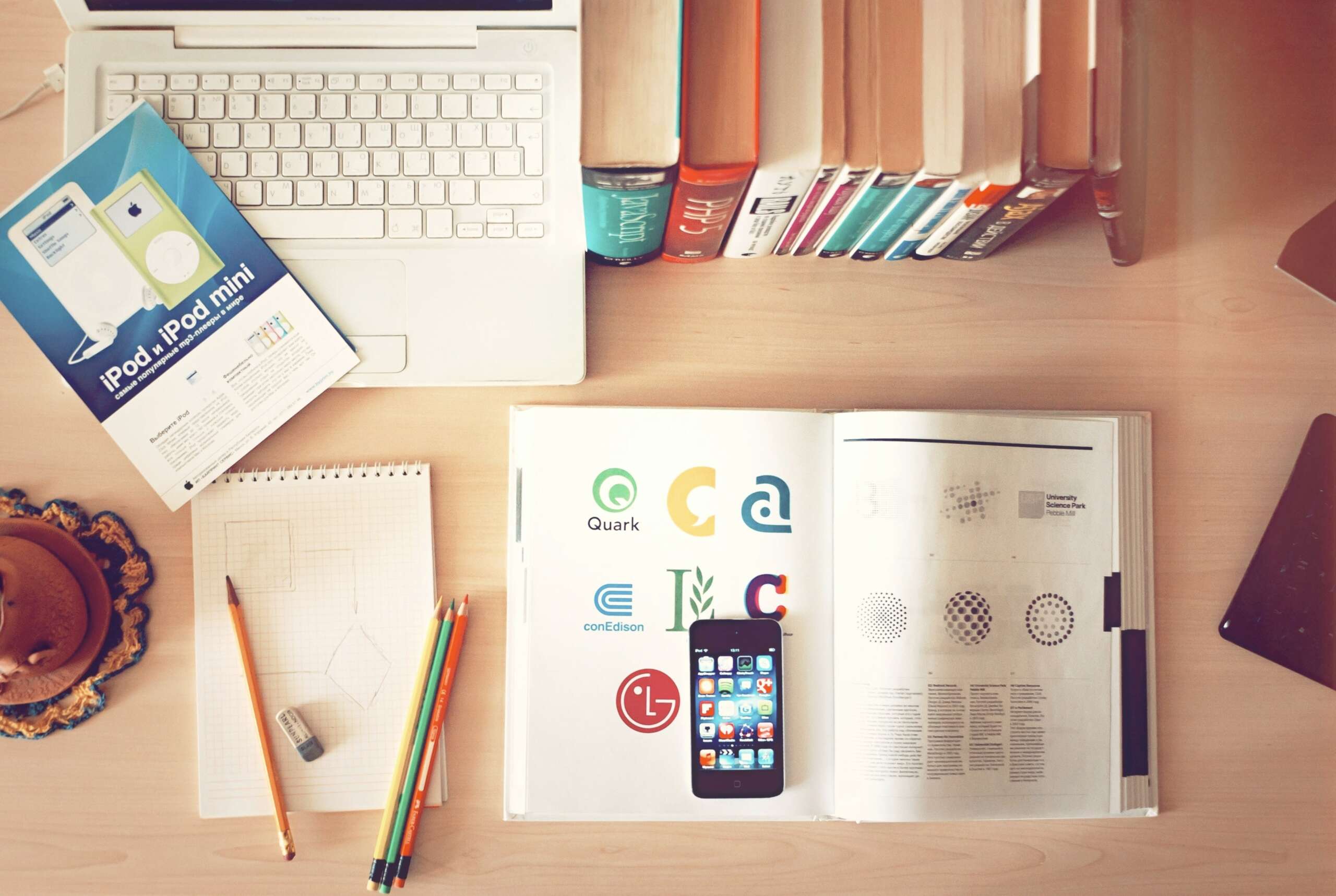Behind every great creative piece lies a process that facilitates seamless creation! Regardless of your artistic discipline — whether you’re a writer, painter, musician, or fashion designer, etc. — understanding and refining your creative process is important for producing impactful work. In this guide, we’ll explore the key elements of effective creative processes and provide helpful tips to boost your creativity.
Define Your Objectives
The first step in any creative process is to define your objectives. Clearly outline what you aim to achieve with your project, whether it’s conveying a specific message, solving a problem, or simply expressing your artistic vision. This clarity will serve as your guiding light throughout the creative process, ensuring that every decision you make aligns with your goals.
Embrace the Messiness of Creativity
Creativity often thrives in chaos. Don’t be afraid to embrace the messiness of the creative process. Allow yourself to explore different ideas, concepts, and perspectives without judgment. Sometimes, the most innovative solutions arise from unexpected places, and giving yourself the freedom to experiment can lead to groundbreaking outcomes.
Research and Gather Inspiration
Before diving into your project, take the time to research and gather inspiration. Explore the works of others in your field, as well as unrelated disciplines. Draw inspiration from diverse sources, such as nature, technology, or historical events. This broadens your creative influences and provides a rich foundation for your work.
Create a Collaborative Environment
Creativity is often a collaborative effort. Surround yourself with like-minded individuals who can offer fresh perspectives and constructive feedback. A collaborative environment fosters creativity by encouraging the exchange of ideas and pushing everyone involved to think beyond their individual limits.
Start with a Brainstorming Session
Once you’ve gathered inspiration and established your objectives, initiate a brainstorming session. Write down every idea that comes to mind, regardless of how unconventional or impractical it may seem initially. This carefree approach helps unleash your creative instincts and allows for unexpected connections between concepts.
Establish a Routine
While creativity thrives on spontaneity, establishing a routine can provide structure to your creative process. Set aside dedicated time for your work, create a comfortable workspace, and stick to a schedule. Consistency helps train your mind to enter a creative mindset during these designated periods, making it easier to access your creative flow.
Experiment with Different Mediums
Creativity is not limited to a specific medium. Experiment with various tools and techniques to find what resonates with you. If you’re a visual artist, try exploring different painting styles or digital tools. Writers can experiment with different genres or narrative structures. The exploration of diverse mediums can spark fresh ideas and add depth to your creative process.
Adopt a Learning Mindset
Not every idea unfolds according to plan, and that’s perfectly normal. Embrace these instances of failure as a learning opportunity rather than a setback. Analyze what went wrong, extract valuable lessons, and apply them to your next endeavor. Failure is an integral part of the creative journey and often paves the way for unexpected breakthroughs.
Take Breaks and Allow for Incubation
Creativity is not a constant stream; it ebbs and flows. Take breaks during your creative process to allow ideas to incubate. Stepping away from your work temporarily can provide a fresh perspective when you return. Engaging in activities unrelated to your project can also stimulate your mind and lead to creative insights.
Refine and Polish
Once you’ve generated ideas and concepts, it’s time to refine and polish your work. Evaluate each element in relation to your objectives, seeking clarity and coherence. Don’t hesitate to ask for feedback from peers or mentors at this stage to gain valuable insights and ensure that your creative vision is effectively communicated.
An effective creative process entails a delicate balance between structure and spontaneity. By incorporating key tips, such as defining your objectives, embracing the messiness of creativity, and experimenting with different mediums, you can develop a robust creative process. Remember, creativity is a journey, not a destination. Keep refining your process until it resonates powerfully, and most importantly, have fun with it!
